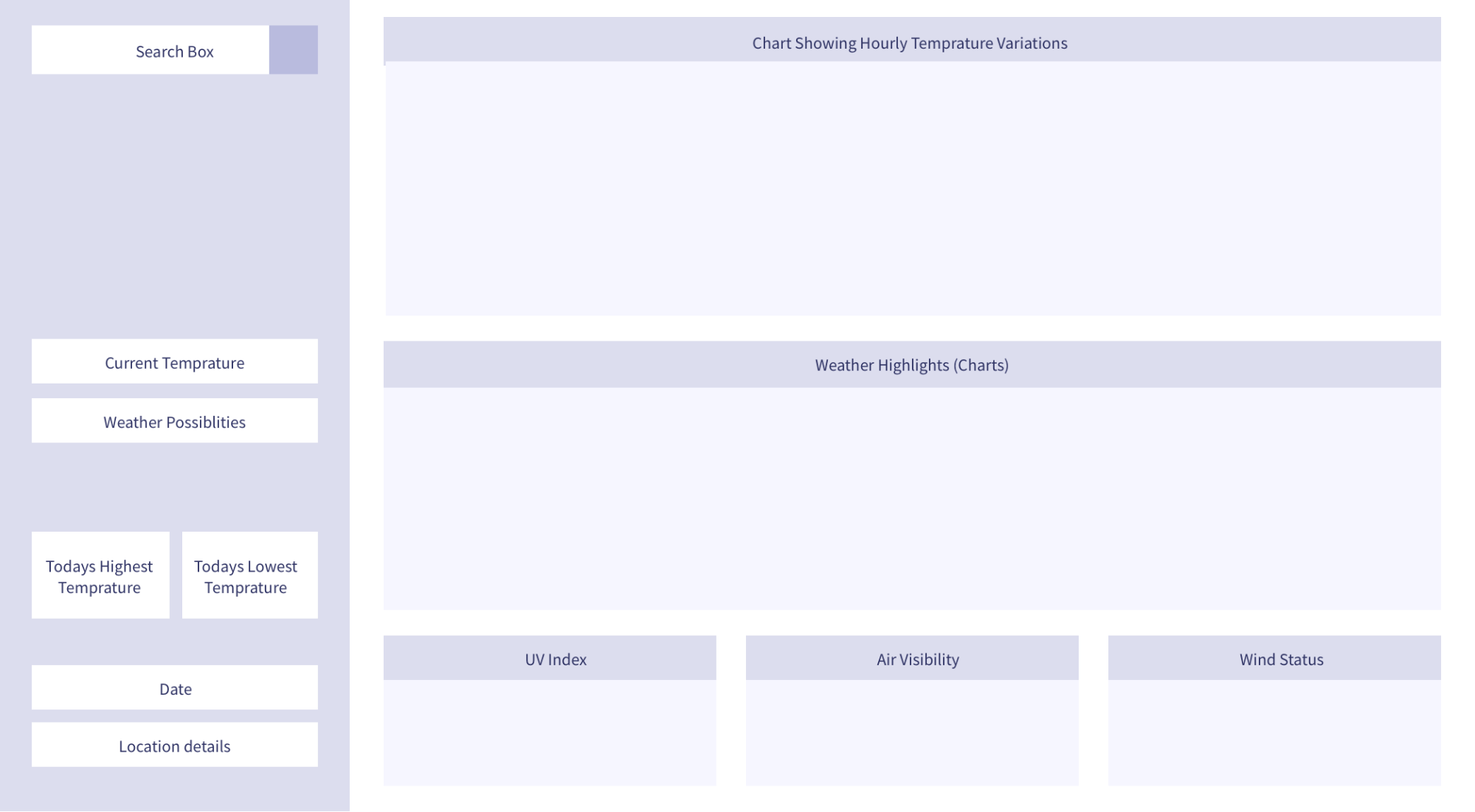Generate Cloudformation Template From Existing Resources
Generate cloudformation template from existing resources - Creates a snapshot from an existing volume; This is the aws codecommit api reference.this reference provides descriptions of the operations and data types for aws codecommit api along with usage examples. In the aws management console, you invoke the csvexporter lambda function with a test event.; Parameters are defined in your template and allow you to input custom values when you create or update a stack. The output artifact contains a json file with the contents of the outputs section of the aws cloudformation template. Variables are protected by default.to use gitlab ci/cd with branches or tags that are not protected, clear the protect variable checkbox. If you use the cloudformation console, the console automatically validates the template after you specify input parameters. If you don't specify a name, codepipeline doesn't generate an output artifact. Validating a template can help you catch syntax and some semantic errors, such as circular dependencies, before cloudformation creates any resources. The export function calls the security hub getfindings api action and gets a list of findings to export from security hub.;
Use an image to run aws commands. For the aws cli or cloudformation api, use the aws cloudformation. Figure 1 shows the following numbered steps: Then you can run aws commands in your ci/cd jobs.
Create cloud formation template from existing resources
If you don't specify a name, codepipeline doesn't generate an output artifact. Then you can run aws commands in your ci/cd jobs. Use an image to run aws commands.
Generate Access Keys Using Cloud Formation Template
Creates a snapshot from an existing volume; Parameters are defined in your template and allow you to input custom values when you create or update a stack. The output artifact contains a json file with the contents of the outputs section of the aws cloudformation template.
AWS Import/Export configuration as code (CloudFormation Terraform
Variables are protected by default.to use gitlab ci/cd with branches or tags that are not protected, clear the protect variable checkbox. The export function calls the security hub getfindings api action and gets a list of findings to export from security hub.; Then you can run aws commands in your ci/cd jobs.
Tutorial Build and Test a Serverless Application with AWS Lambda AWS
Parameters are defined in your template and allow you to input custom values when you create or update a stack. Figure 1 shows the following numbered steps: If you don't specify a name, codepipeline doesn't generate an output artifact.
Creating a VPC with VPN access for running virtual appliances on AWS
Validating a template can help you catch syntax and some semantic errors, such as circular dependencies, before cloudformation creates any resources. Parameters are defined in your template and allow you to input custom values when you create or update a stack. If you use the cloudformation console, the console automatically validates the template after you specify input parameters.
SRC en AWS AWS Partner Network (APN) Blog Wrap Up CrossAccount Role
If you use the cloudformation console, the console automatically validates the template after you specify input parameters. Validating a template can help you catch syntax and some semantic errors, such as circular dependencies, before cloudformation creates any resources. Then you can run aws commands in your ci/cd jobs.
Ansible vs CloudFormation Smackdown! Speaker Deck
In the aws management console, you invoke the csvexporter lambda function with a test event.; Figure 1 shows the following numbered steps: Variables are protected by default.to use gitlab ci/cd with branches or tags that are not protected, clear the protect variable checkbox.
If you use the cloudformation console, the console automatically validates the template after you specify input parameters. The export function calls the security hub getfindings api action and gets a list of findings to export from security hub.; Validating a template can help you catch syntax and some semantic errors, such as circular dependencies, before cloudformation creates any resources. If you don't specify a name, codepipeline doesn't generate an output artifact. The output artifact contains a json file with the contents of the outputs section of the aws cloudformation template. Creates a snapshot from an existing volume; In the aws management console, you invoke the csvexporter lambda function with a test event.; Use an image to run aws commands. Then you can run aws commands in your ci/cd jobs. This is the aws codecommit api reference.this reference provides descriptions of the operations and data types for aws codecommit api along with usage examples.
Variables are protected by default.to use gitlab ci/cd with branches or tags that are not protected, clear the protect variable checkbox. Parameters are defined in your template and allow you to input custom values when you create or update a stack. Figure 1 shows the following numbered steps: For the aws cli or cloudformation api, use the aws cloudformation.




